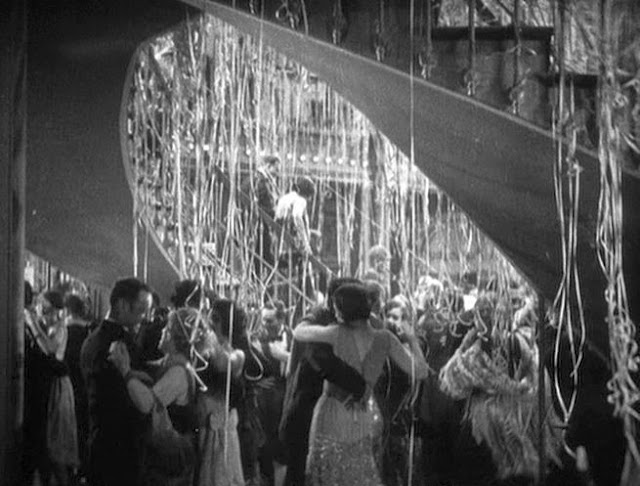Underworld (1927)
Josef von Sternberg's "Underworld"
Josef von Sternberg worked as an assistant director in the film industry from 1919 to 1926. In 1926, Sternberg was hired to do reshoots of Frank Lloyd's 'Children of Divorce.' His reshoots were considered so outstanding that Paramount offered the director a project of his own. This project, "Underworld," would go on to be a major commercial and critical success. It would also ensure Sternberg's continued work in the studio system. The film is also considered by many film historians to be the ignition point for the 'gangster' genre.
The film is about a boisterous gangster named Bull who rehabilitates a former lawyer who has fallen into alcoholism and is now down on his luck. Bull nicknames him "Rolls Royce" and the two become confidants. Rolls Royce, now a lawyer for Bull, falls for Bull's girlfriend, Feathers. A rival gangster named Buck begins muscling in on Bulls' territory. Things climax when Bull kills Buck and awaits a death sentence in prison. Rolls Royce and Feathers face a dilemma about whether they should run away together and leave Bull to his fate, or if they should save him. They decide to try and save him, only for the plan to go wrong, leaving Bull to get out on his own. Bull ends up dying in a shootout with the police.
In his first outing as a stand-alone director, there are certain important notes regarding Sternberg's style. He uses intense close-up shots frequently. The reason for this frequency is because of Sternberg's attention to intimacy in spaces and situations that are not so intimate. Because the film is about dangerous and violent gangsters, there is a lot of 'bravado' emanating from the masculine characters. Unlike the reserved Rolls Royce and Feathers, Bull expresses everything. His emotional state is always very apparent, as he is very boisterous and exaggerated in his mannerisms. With Rolls Royce and Feathers, Sternberg must focus on subtle aspects of their behavior to demonstrate to the audience what is being held back. Through his direction, we can share in Rolls Royce and Feather's intimacy through the way they are framed and focused on. Their connection is understood not through what is being said, but through glances and small exchanges. This is greatly contrasted to the way Bull acts and communicates.
Even though Bull appears very violent and aggressive, Sternberg makes a point to put his intimacies on display as well. It is not through his public behavior that we see a tenderness to Bull, but his private behavior. In one particular scene, Bull allows a homeless kitten to drink milk from his finger. These private behaviors are the 'underworld' of the characters. Each character is hiding something underneath the surface of what is being displayed to the public. With this notion, the theme of the film seems to be the public vs private behavior of the individual and collective. The bravado and toughness of the gangsters are on full display for everyone. This is especially true for Buck. However, the private behavior of the characters behind closed doors completely undermines the public persona they present.
There are some more examples of Sternberg's masterful use of camera and editing to tell his story. In one particular scene, a bunch of gangers come together to party at a public convention. To illustrate their intoxication at the party, Sternberg rapidly edits between different partygoer's faces. The faces all appear elated, sour, or drunkenly. The wild speed of the editing between them creates a visual dizziness - matching the intoxication of the characters. Sternberg also utilizes one of Sergei Eisenstein's intellectual montage. Once the party has died down, we are shown an image of a small household decorative bull statue, which then cuts to an angry Buck (Bull's rival). The bull, which usually is synonymous with rage, is directly compared to the raging Buck, who's staring at Bull and ready for conflict. The intellectual montage used here allows the viewer to directly draw a correlation between what the two images have in common, namely the anger of the two subjects of the image. Sternberg's first outing as a director proves that he is more than telling visual stories that convey subjective meaning.




Comments
Post a Comment